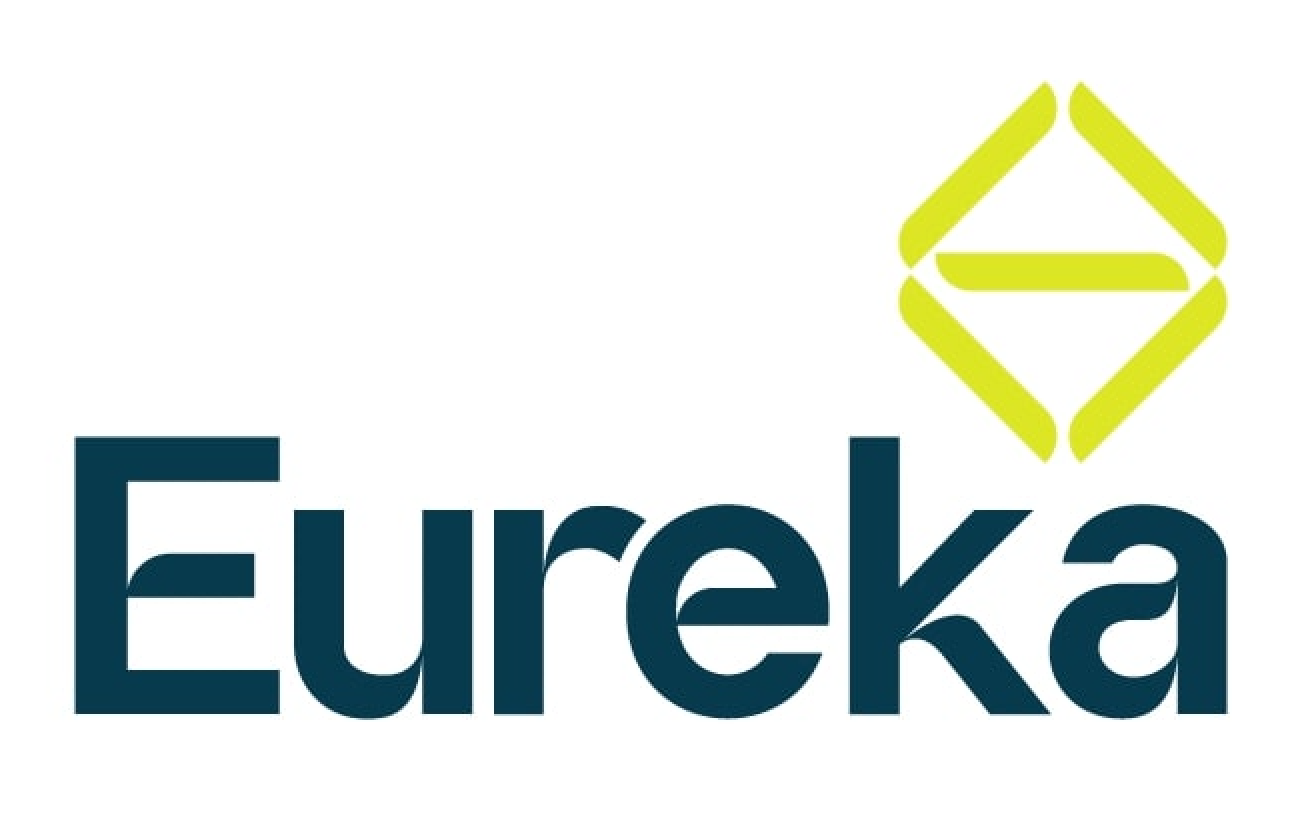Job hopping: A fast track to nowhere or is it smart self-marketing?
The workforce's dynamics are shifting, with job hopping at the center of the change. While there's an art to nimbly navigating career steps, there's also a science to knowing when it's beneficial and when it may hinder your professional trajectory.
There are definite advantages to regular job moves:-
Skill diversity:
Regular exposure to varied environments accelerates skill acquisition, keeping professionals agile and competitive.
Comfort zone:
Regular changes force adaptation, fostering resilience and self-confidence.
Financial upside:
Job hoppers often see quicker salary increases, with long-term stayers potentially earning 50% less over their careers.
Networking:
Moving across companies expands professional networks, opening doors to future opportunities.
Engagement:
Varied roles keep enthusiasm high and prevent stagnation, which can enhance productivity and job satisfaction.
That said, too many moves in success can lead to negative consequences:-
Recruitment hesitancy:
Hiring managers may see short stints as a lack of commitment, making them wary of investing in job hoppers.
CV impact:
A resume filled with brief roles can appear unfocused, lacking significant achievements.
Depth of knowledge:
Constantly starting anew can limit deep expertise in any one area or industry.
Onboarding fatigue:
Adapting to new systems and cultures repeatedly is exhausting and time-consuming.
Confidence erosion:
The perpetual job search and adjustment period can wear down self-assurance, affecting performance and interview success.
Hopping from one job to another every year, culminating in ten jobs over ten years, might suggest an inability to commit and grow roots, which can be detrimental to one's career. A pattern of short stints without clear progression or development can signal to future employers a potential risk for their investment in you as an employee.
In essence, job hopping is neither inherently good nor bad. It's the context, frequency, and career stage at which one engages in it that defines its impact. Strategic moves that build upon each other can be career propellants, but when overdone, they can suggest a flippant attitude towards career growth.
Remember, the narrative that your career path tells is as important as the roles you've held.
Share our insights
Recent insights




